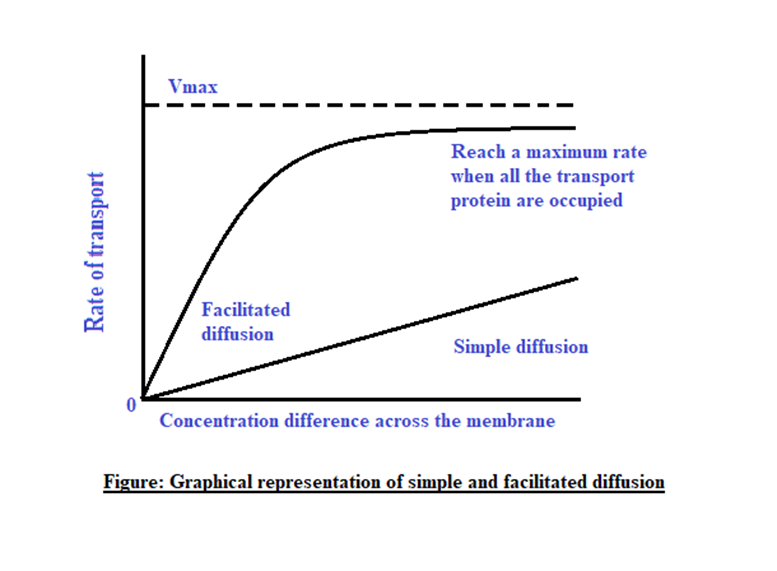What is meant by passive transport of materials into a cell?Describe the passive processes by which substances enter andleave cells
What is meant by passive transport of materials into a cell?
Describe the passive processes by which substances enter and
leave cells
Introduction:
The transportation across the cell membrane can occur via active or passive transport.
The process of active transport occurs against the concentration gradient and is mediated via carrier proteins. Metabolic energy is required for the ion movement against a concentration gradient. Active transport leads to solute accumulation on one side of the membrane. Active transport is categorized into two types:
- Primary active transport
- Secondary active transport
Answer:
Passive transport:
Passive transportation of substances occurs along the concentration gradient, and energy (ATP: Adenosine triphosphate) is not required. When a substance is transported and possesses a net charge, then the movement of the substance is influenced by the concentration gradient as well as membrane potential, the electrical potential that exists across the cell membrane. These two combined forces, referred to as electrochemical gradient, depicts the direction in which the charged molecule will be transported across the membrane. Hence, the transportation of ions occurs down its electrochemical gradient. Passive transport can be categorized into two types:
- Simple diffusion
- Facilitated diffusion
Simple diffusion: At the time of simple diffusion, a molecule just gets dissolved in the phospholipid bilayer and diffuses across it. Membrane proteins are not involved, and the concentration of molecules outside and inside the cell determines movement direction. The relative rate of diffusion of any of the substances across a pure bilayer of phospholipid is proportional to its concentration gradient across the bilayer and its size and hydrophobicity. The solute that moves via diffusion always occurs from a region of higher concentration to a lower concentration region, and Fick's law of diffusion determines the rate. Simple diffusion is non-selective. The rate at which a molecule diffuses is proportional to its hydrophobicity. Examples of substances diffusing via simple diffusion are gases (carbon dioxide and oxygen), uncharged and small polar molecules (ethanol and water), hydrophobic molecules (benzene).
Facilitated diffusion: It involves the solute movement along the concentration gradient. This type of diffusion requires transport proteins (channel and carrier proteins) and is selective. It has a higher rate of diffusion as compared to simple diffusion. Examples of substances diffusing via facilitated diffusion are charged and polar molecules (amino acids, carbohydrates, ions, and nucleosides).

Step by step
Solved in 3 steps with 1 images








